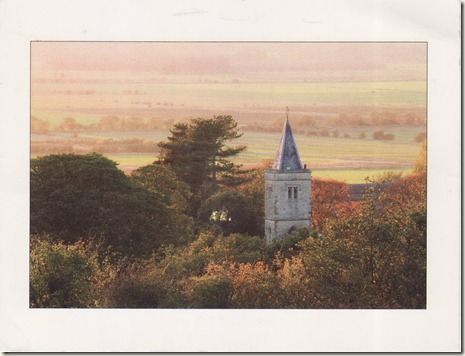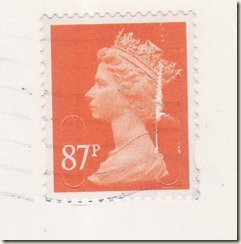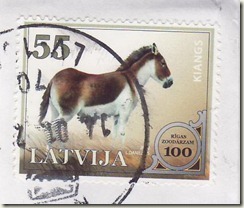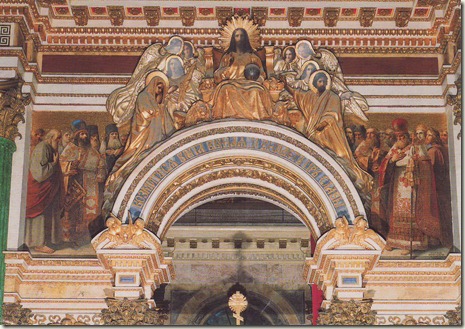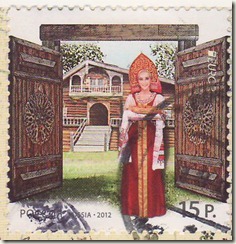Worlaby is a small village located on the western edge of the Wolds near Brigg. Worlabys' name is defined as 'Wulfric's farmstead or village'. Since 1086 when it was known as Uluricebi or Vluricebi in the Doomsday Book it has also been spelt as Wulfrikeby, Wolrickby and Werliby.
The parish church of St. Clement was rebuilt in the 1870s by W. Scott Champion but its tower dates to the 11th century. There were also two Methodist chapels in the village dating from the 1850s. The disused Wesleyan chapel can still be seen on Main Street.
Close to the church is an almshouse known as Worlaby Hospital. The almshouse was believed to have been built in 1663 by Lord Belasyse as thanks offering for his life being spared during the Civil war when, as a Royalist, he was imprisoned in the Tower of London.
Legend has it that there was once a teetotal squire of Worlaby that would not allow an inn in the village. Farm workers were not to be stopped though from having the occasional tipple, and brewed their own beer. They stored it in a well and when they wanted a drink they just 'went down the well'. The tradition was preserved with the opening of the Wishing Well pub in 1964 but has since been demolished.
Records show that by the 13th century Worlaby church, like Thornton Curtis, Barrow upon Humber and Ulceby, had come under the authority of Thornton Abbey, a situation which seems to have continued until Henry VIII’s Reformation.
The church we see today is a Victorian building, in the Early English Gothic style. Built into the fabric of this church are the remains of earlier structures. The earliest record of a Saxon church was probably succeeded by Norman and later examples.
St. Clement’s was almost completely rebuilt in the Early English style between 1873 and 1875 by Sir John Astley, at a cost of £2,674. The new building incorporated several surviving Saxon elements, including the remarkable arch andparts of the north window. The new chancel was elevated with an altar of oak and a stone and marble reredos (a screen or decoration behind the altar, often depicting a religious scene).
During this time a sedilia (a stone seat for priests) was added to the south side of the sanctuary and the Saxon font was removed. The font then spent 68 undignified years as a garden tub before being returned to the church in 1941.
In the vestry is a 17th century iron chest and inside it is a piece of chain thought to belong to the chained bible. Amongst other treasures within the church is an intriguing piece of stone, apparently a holy water stoop. This vessel, containing water blessed by the priest, would have stood in the porch. On entering the church worshippers would have dipped their fingers in and signed themselves with the cross. A rare incised stone within the church dates from 1325 and is made of dense black marble; it depicts a man and a lady with dogs at their feet.
There are several brightly coloured banners hanging in the church today, one made from crimson Liberty of London silk was presented to the church by the Mothers Union in 1963.
